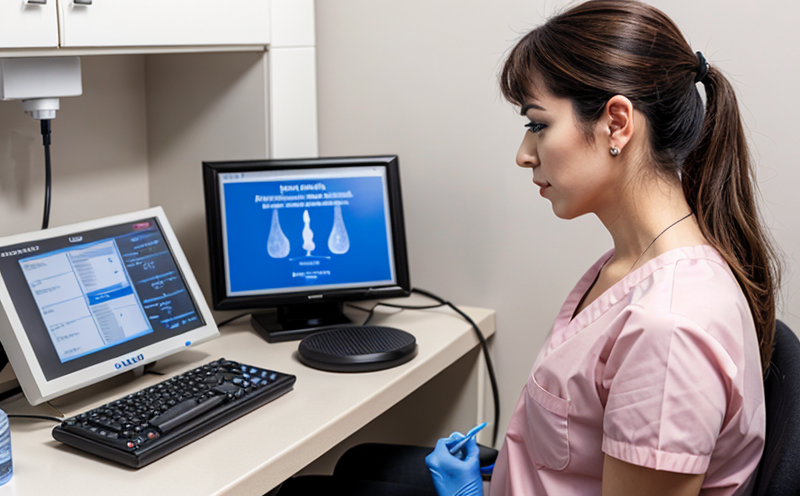Thyroid Hormone Level Testing in Wildlife Toxicology
The thyroid gland plays a critical role in regulating metabolism and homeostasis within wildlife species. Dysfunction of this gland can lead to significant health issues, affecting the overall survival rates and reproductive success of various species. In wildlife toxicology, understanding thyroid hormone levels is essential for assessing the impact of pollutants, pesticides, and other environmental stressors on wildlife populations.
Thyroid hormones are primarily produced in two forms: T4 (thyroxine) and T3 (triiodothyronine). The conversion between these forms is crucial as it directly influences metabolic rates. In toxicological studies, it's important to measure both circulating levels of T4 and T3 along with the thyroid-stimulating hormone (TSH), which regulates the production of thyroid hormones.
Accurate measurement of these parameters requires precise sample preparation techniques, including minimizing stress factors during specimen collection and ensuring proper handling post-collection. The use of standardized protocols is vital to ensure consistency across studies. This includes the correct timing of blood sampling relative to potential toxicant exposure and the appropriate storage conditions for maintaining hormone stability.
Instrumentation used in this testing typically involves advanced analytical technologies such as radioimmunoassay (RIA), enzyme-linked immunosorbent assay (ELISA), or more recently, liquid chromatography-tandem mass spectrometry (LC-MS/MS). Each method has its advantages and limitations; RIA provides high sensitivity but less specificity compared to LC-MS/MS which offers both high precision and accuracy.
Interpretation of results is complex due to the variability inherent in natural environments. Factors such as seasonal changes, diet variations, and individual differences contribute to fluctuations in hormone levels. Therefore, baseline values must be established for each species under study before conducting comparative analyses with exposed groups.
The significance of this testing extends beyond mere academic interest; it informs conservation efforts aimed at protecting endangered species from environmental hazards. By identifying key biomarkers indicative of thyroid dysfunction early on, researchers can develop targeted intervention strategies to mitigate risks posed by pollutants and other stressors.
Applied Standards
| Standard | Description |
|---|---|
| ISO 15195-4:2017 | Guidelines for the establishment of reference intervals in laboratory medicine. |
| American Society for Clinical Pathology (ASCP) | Publishes guidelines on best practices for endocrine testing, including thyroid function assays. |
| European Federation for Clinical Chemistry and Laboratory Medicine (EFLM) | Provides recommendations on the quality assurance of laboratory tests involving hormones like T4 and T3. |
The application of these standards ensures that thyroid hormone level testing adheres to internationally recognized benchmarks, enhancing reliability and comparability across different laboratories. Compliance with such guidelines is crucial for maintaining high-quality data suitable for both research and regulatory purposes.
International Acceptance and Recognition
- The World Health Organization (WHO) recognizes thyroid hormone measurement as a key indicator of environmental health impacts on wildlife.
- The European Union's REACH regulation includes requirements for assessing endocrine disruptors using thyroid function tests among others.
- Many national regulatory bodies, including the United States Environmental Protection Agency (EPA), mandate similar testing protocols as part of their risk assessment procedures.
This widespread acceptance underscores the importance and necessity of accurate thyroid hormone level testing in wildlife toxicology. It not only supports scientific research but also contributes to policy decisions aimed at safeguarding biodiversity.
Competitive Advantage and Market Impact
The ability to accurately measure thyroid hormones in wildlife provides a competitive edge for companies involved in environmental monitoring, pharmaceutical development targeting hormonal imbalances, and conservation organizations working towards sustainable practices. Accurate data helps these entities make informed decisions about resource allocation, strategic planning, and operational efficiency.
Moreover, compliance with international standards enhances credibility among stakeholders, including regulatory authorities, investors, and the public. This can lead to increased funding opportunities, improved reputation, and expanded market reach.





